 A Guide to a Few Days in Doha
Qatar and the UAE have built similar aviation empires to connect the world, bringing a lot of activity to their respective airports with millions of transit passengers. Dubai has been extremely successful in transforming from a transit hub to a tourist destination in its own right. Qatar is trying to do the same with Doha. Although they started later, they have managed to build many new attractions, hotels, and museums to entice passengers to stay overnight.There is enough to make a few days in Doha worthwhile. Thoughts from my March 2025 trip ... | |

|
When is the best time to visit?Doha has a lot of new neighbourhoods with stunning architecture and beautiful waterfront promenades. You will inevitably be walking around outside for a long time, so it's best to visit during the winter and spring. Summers are atrocious, with temperatures easily exceeding 40C under the intense sun. Yes, there are plenty of air-conditioned malls, but why would you want to fly so many hours just to shop? To truly appreciate what the Qataris have done with Doha, you will really need to go outside to see it.
|
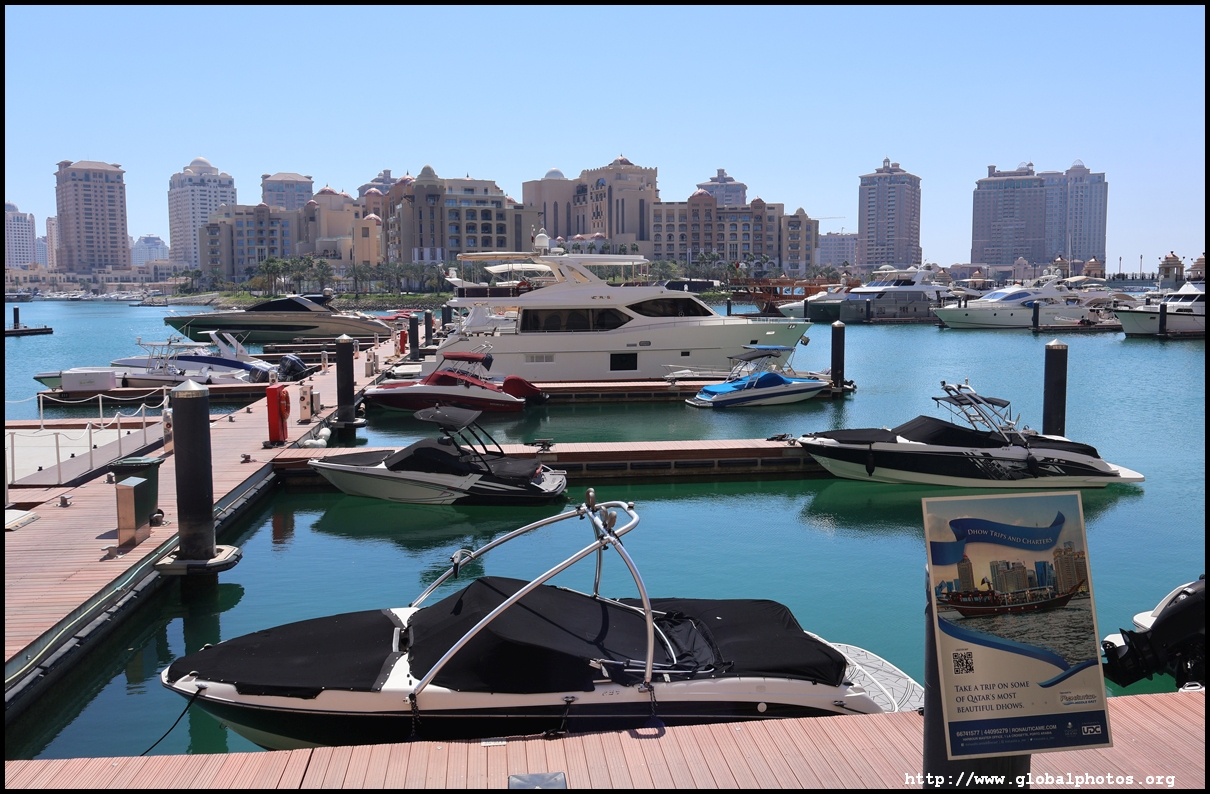
|
How many days?If you are interested in architecture and urban planning, you need at least 3 full days to appreciate this city. Even though Doha is relatively small, they have built a lot in recent years and the variety is quite big. These are not cookie-cutter American suburbs that look the same everywhere. There are also several world-class museums that can easily take half a day to explore each. If you want to head out of the city for a desert adventure, add at least a day more. I had skipped this since I've done desert safaris in Egypt and Morocco before. |

|
Getting aroundThere is a brand new metro network with clean trains and cheap fares - 2 riyals per ride. However, the vending machines don't sell single fares and you can't use contactless so you need to buy the old-fashioned stored value fare card for 10 riyals. Then you can load money onto it with a credit card. The maximum fare cap per day is only 6 riyals. There is no surcharge to ride to the airport either, and you can use the same card for trams and buses. On the platform, keep an eye on which section to board. Besides the fancier Gold Class that requires an additional fare, regular Standard Class carriages are also divided between women, family, and everyone else. These are clearly marked with the sign above the platform screen door. |

|
Cash, anyone?I never used cash at all. I stuck to eating in malls, whether it is the food court or a sit-down restaurant. They all accepted contactless. Even within the old city, they didn't have a street food scene like in Bangkok, with customers here sitting in a more proper setting. All major attractions that I visited requiring a ticket accepted cards as well. |
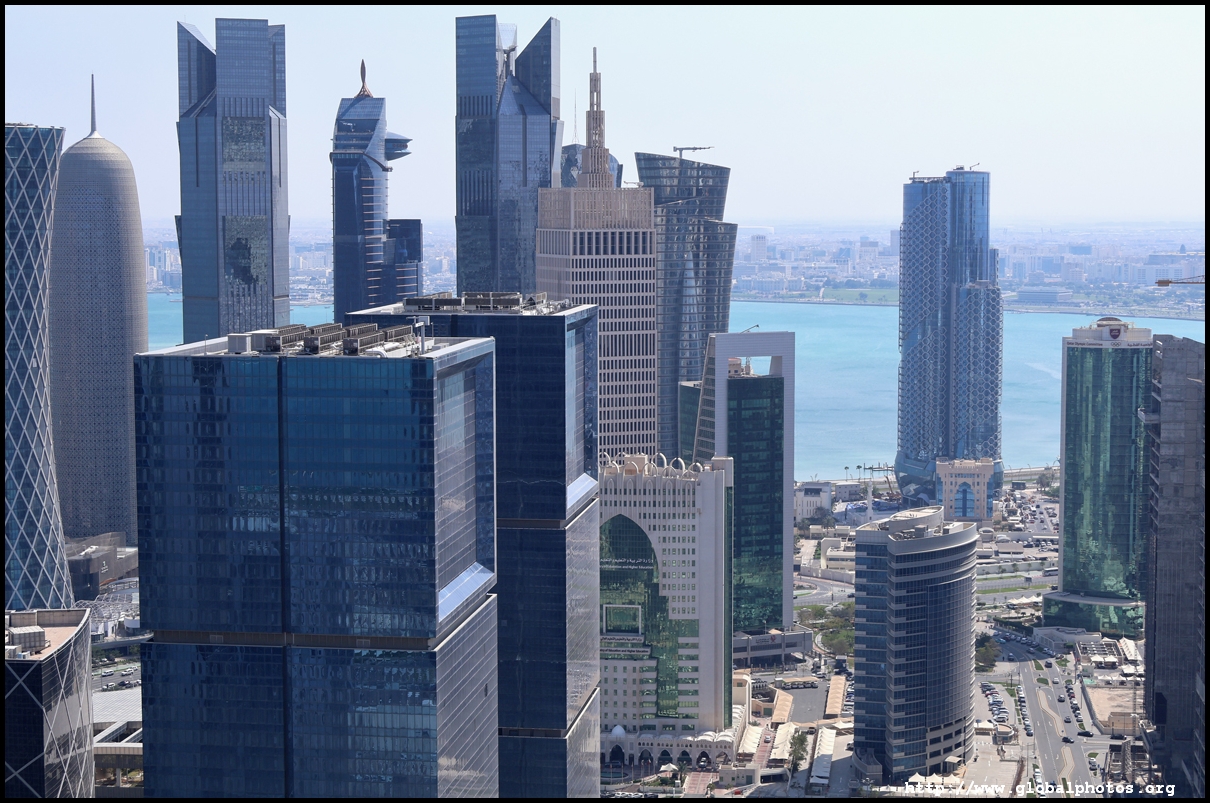
|
Where to stay?Doha has a lot of international hotels and prices are very reasonable. I paid less than USD$50 a night for a 4-star hotel across the street from the Museum of Islamic Art by the Corniche during Ramadan. Whether you are living in the old city (near Souq Waqif) or in a newer area such as West Bay won't matter too much as long as you are close to the metro station. West Bay might be easier for tourists since they have a huge modern shopping mall next to DECC station with the familiar chains. I wouldn't recommend living any further north along the metro line unless you love architecture, since The Pearl and Lusail don't have that much in terms of attractions or museums, even though a number of international chains have opened there. |
. |
|
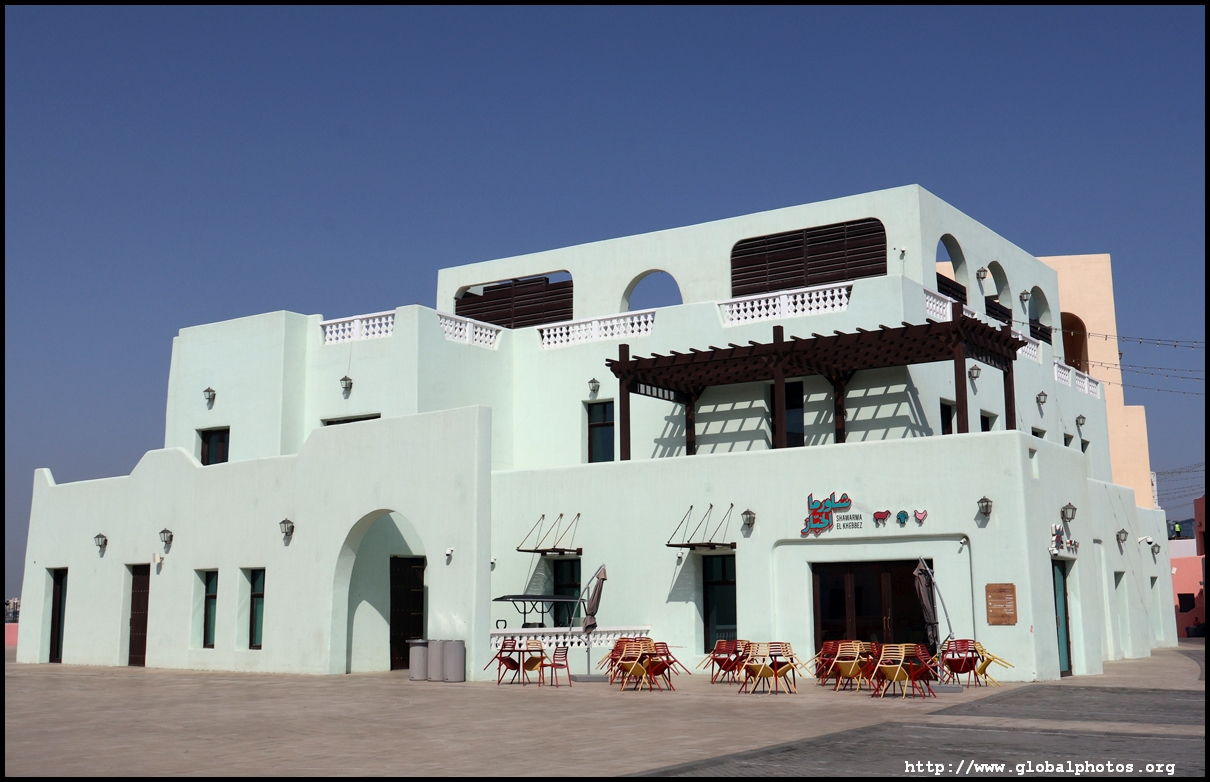
|
Cluster 1 - Old city |
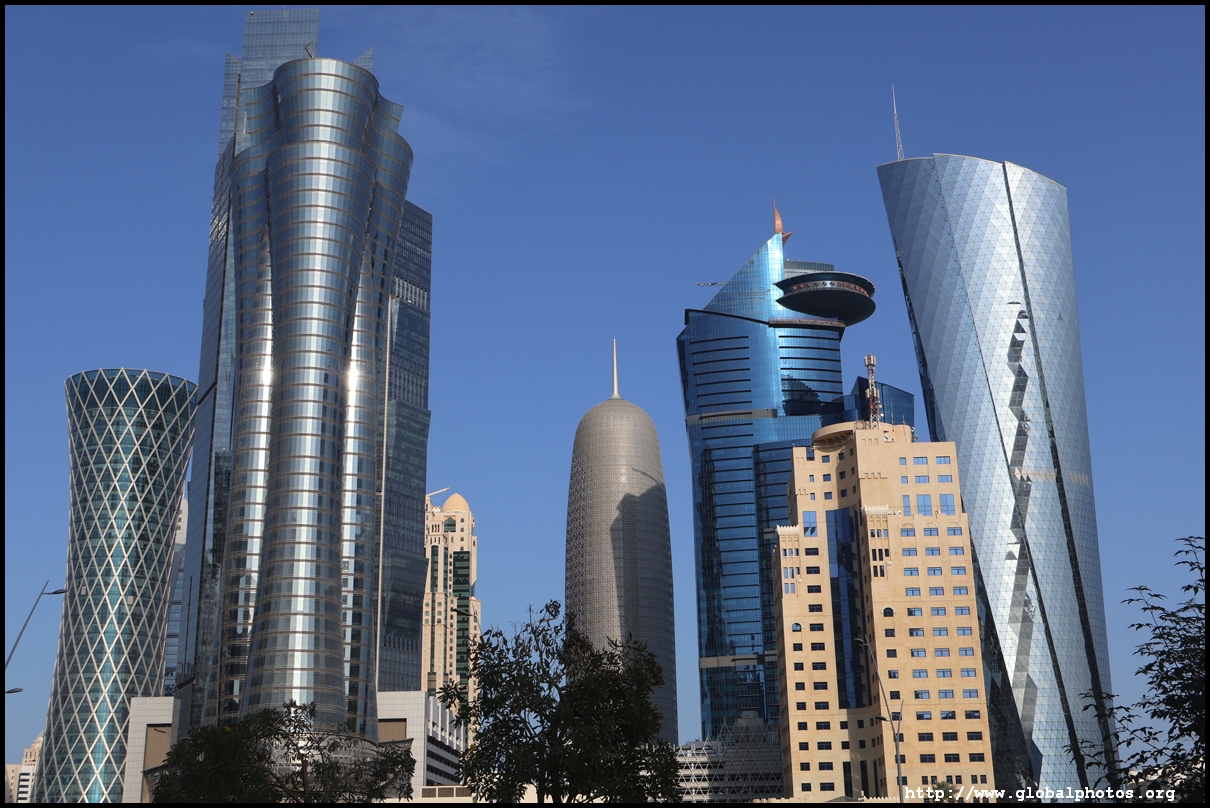
|
Cluster 2 - West Bay |
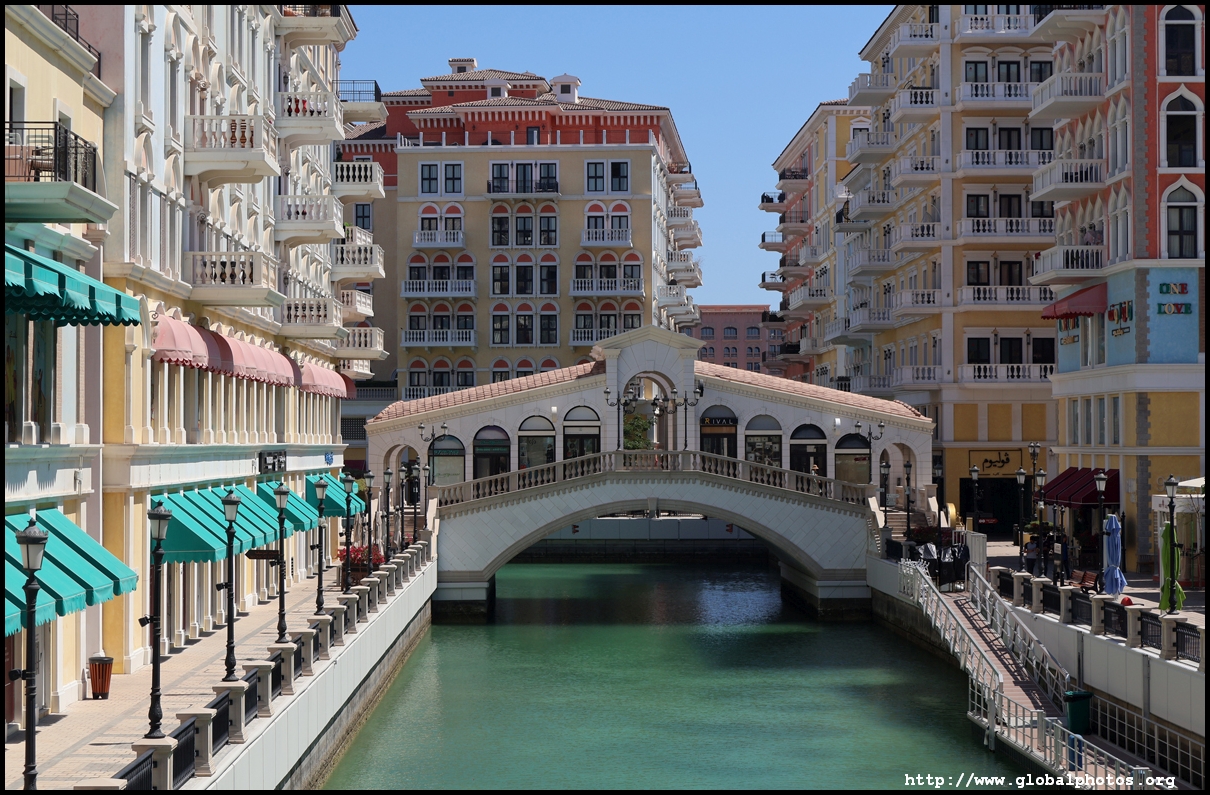
|
Cluster 3 - Katara |
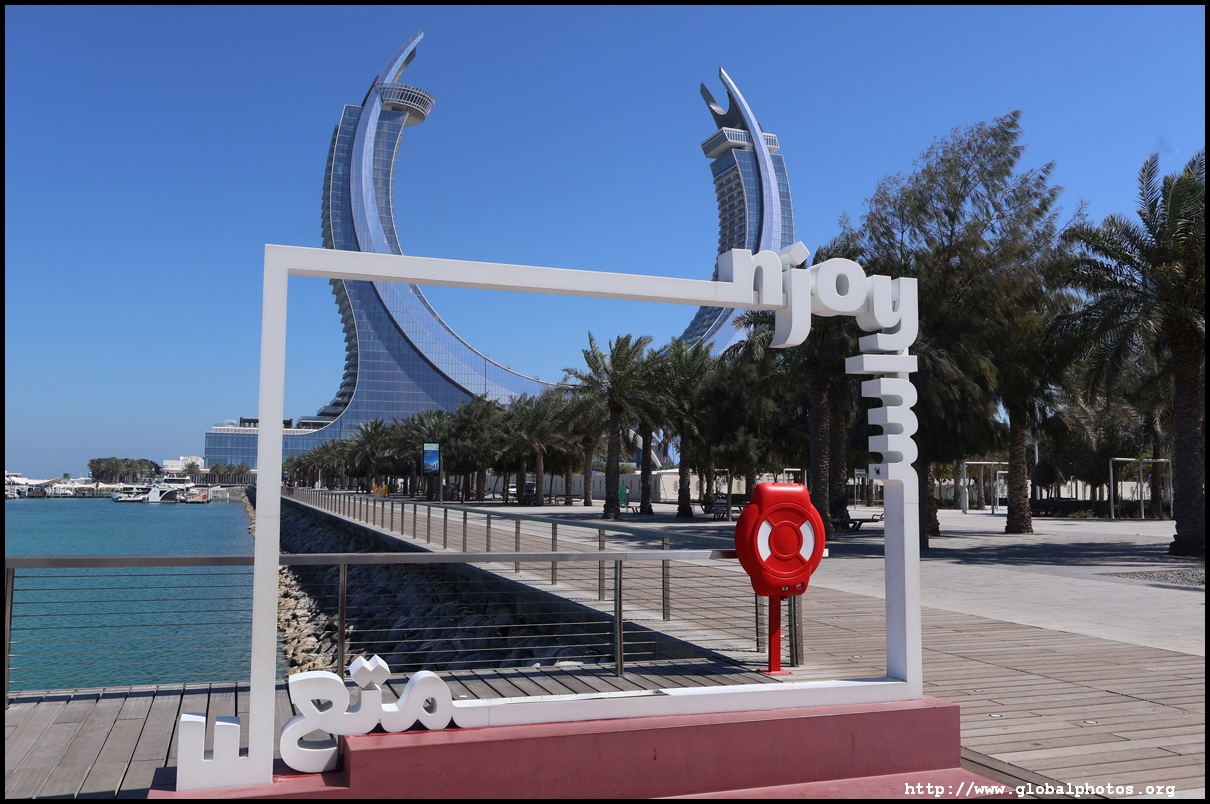
|
Cluster 4 - Lusail |
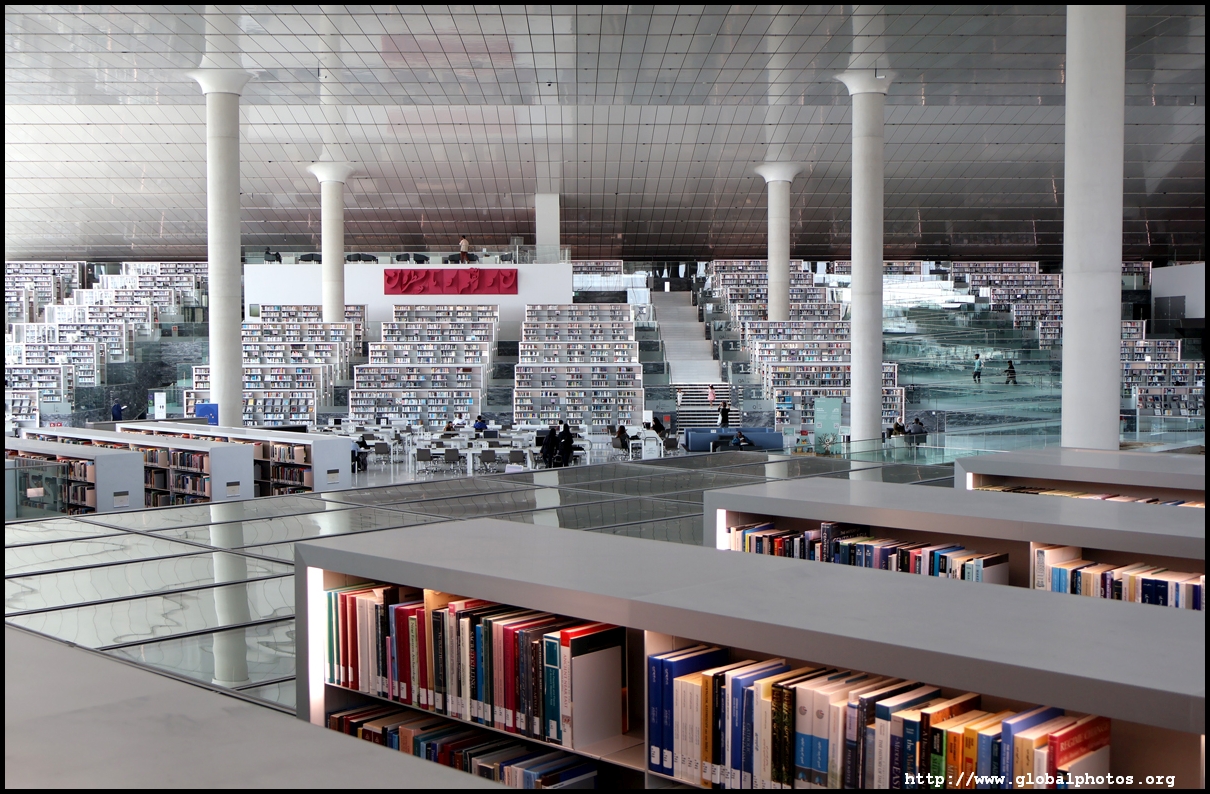
|
West end - Education City |
.
| |

|
What to expect during Ramadan?During the 9th month of the Islamic calendar, Muslims fast during the day until sunset. Shops and restaurants close during the day while attractions tend to open in the morning only, close in the afternoon, and re-open after sunset. It is disrespectful to eat or drink in public during the day. However, for non-Muslims, you can dine in a private area, such as your hotel, so I would recommend buying your lunch the day before at the supermarket and return to your hotel to eat. Despite the constraints, it actually opens up opportunities to visit attractions at night after dinner. For example, the big museums are generally open after sunset until midnight, so I had a bigger time range to work with to pack my itinerary.
CNN article on etiquette for non-Muslims
|

